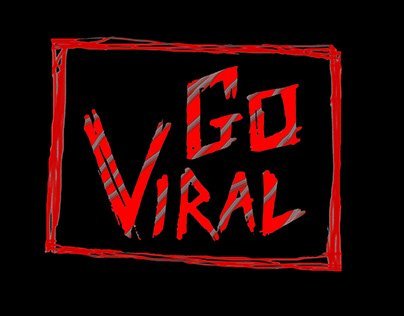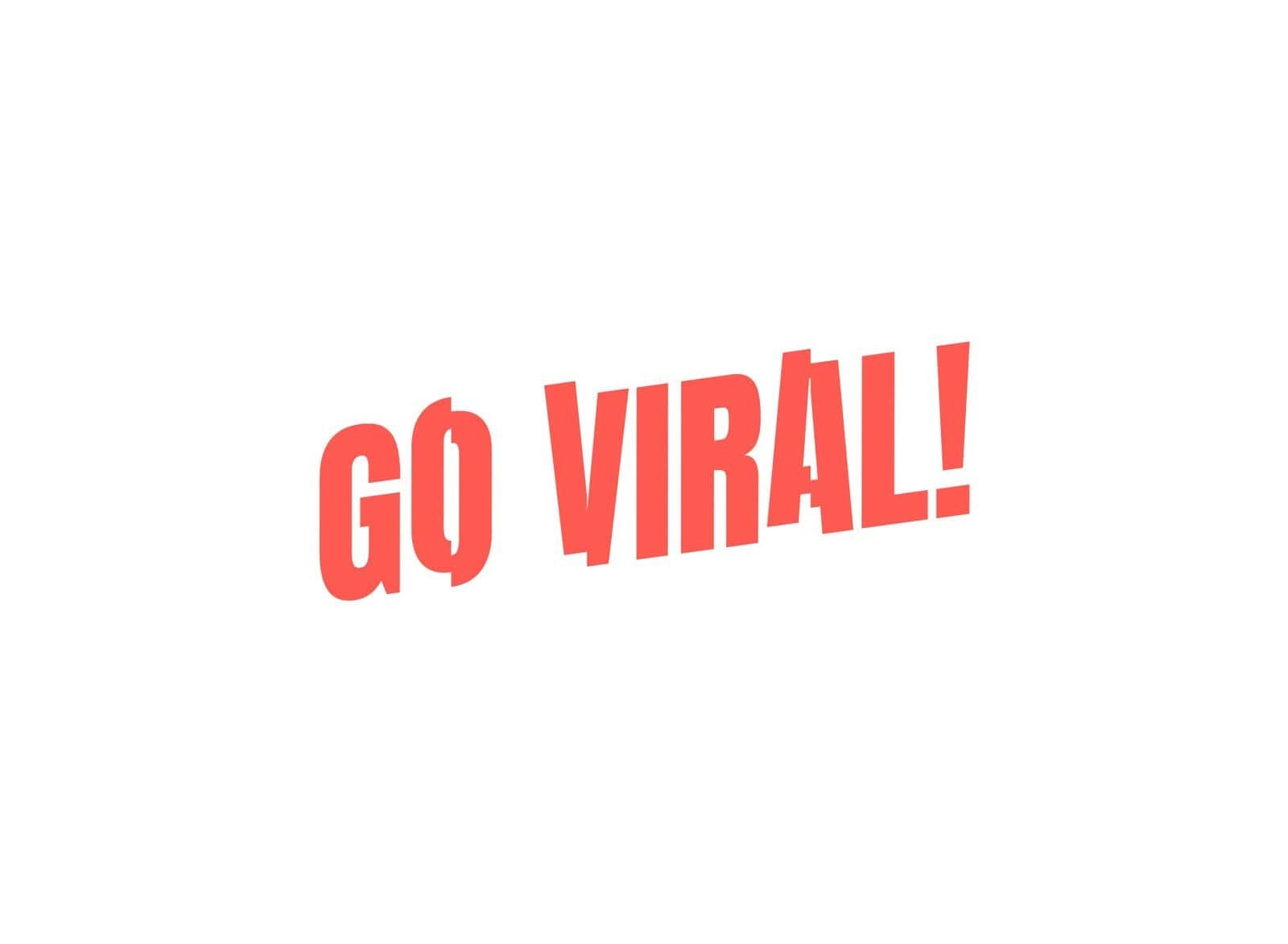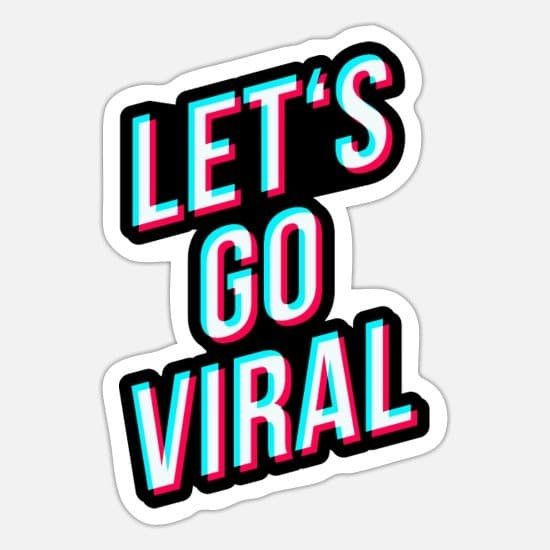Okay, hold on—I want to get this right, so strap in for a little viral kit. Going viral isn’t a coincidence. It’s a science… It’s an art. It’s a game, and it’s a business. Facebook virality is on.
Unleash the Power of Emotional Triggers
You’ve heard it, of course: content is king. However, emotion is what drives viral content on Facebook. Here’s how to target the general of your audience.
Harness the Viral Emotion Wheel
Research has also demonstrated that high-arousal content travels faster. And it gets even better. Not all emotions are equal in terms of shareability.
Top emotions that drive virality:
- Awe (think mind-blowing facts or stunning visuals)
- Laughter (humor is universal and highly shareable)
- Anger (controversial topics can spark heated discussions)
- Anxiety (content that taps into common fears or worries)
It is important to remember that they have to actively make your content appealing enough for people to feel compelled to share it with their own peers.
Master the Art of Storytelling
Humans are naturally wired for stories. On Facebook, storytelling can be a secret sauce for going viral. Experts say posts that tell a classic hero’s story tend to resonate more than others.
Elements of a viral story:
- Relatable protagonist
- Compelling conflict
- Unexpected twist
- Satisfying resolution
Write it as a story as small as a single image or short video.

Crack the Code of Facebook’s Algorithm
Coming up with stellar content is half the battle; the other half concerns visibility Facebook has sophisticated filters that weed out content created to manipulate users while leaving the content they want to be seen go viral. How can you work with it rather than against it? Here are a few advanced tips using what we have learned so far:
Leverage the Power of Early Engagement
Facebook’s algorithm favours content with early, rapid engagement; it’s been shown, for example, that the first half-hour after posting determines a large share of a post’s reach.
To boost early engagement:
- Post when your audience is most active (use Facebook Insights to determine this)
- Use attention-grabbing opening lines or visuals to stop the scroll
Master the Art of “Shareable” Formatting
The format in which you present your information could be the difference in shareability. There is good statistical evidence as to what kinds of formats perform best on Facebook.
Viral-friendly formats:
- List-based posts (e.g., “10 Mind-Blowing Facts About…”)
- How-to guides with clear, actionable steps
- Infographics that present complex information visually
- Short, punchy videos (ideally under 2 minutes)
Make it easy to consume and share, and, who knows? Virality might be around the corner.
Harness the Power of Social Proof
In the world of viral content, perception becomes reality. People are more likely to look at and share a piece of content if they think others are also paying attention to it. Now we’ll investigate how to build a snowball. To effectively harness this phenomenon, creators can leverage oneclick content creation strategies that simplify the process and amplify engagement. By producing content that is easy to digest and share, they can capitalize on the momentum created by initial views and interactions. This strategic approach not only enhances visibility but also fosters a sense of community around the content, encouraging even more widespread sharing.
Create a Viral Loop
A viral loop is a cycle where your viewers are inspired to become co-creators and promotors of your content—you want them to replicate and share. The Ice Bucket Challenge is a great example of something that’s easy and fun to replicate and share.
Elements of a successful viral loop:
- Easy to understand and replicate
- Fun or rewarding to participate in
- Built-in sharing mechanism
- Clear call-to-action to keep the loop going
Leverage Influencer Amplification
Co-opt influencers. According to research, influencer-posted content receives 16 times more engagement than paid ads.
Strategies for influencer collaboration:
- Co-create content that aligns with both your brand and the influencer’s audience
- Create an “influencer first” exclusive that they can share before anyone else
- Develop a hashtag challenge that influencers can kick off
The guiding principle? You need to make it worth their while—this needs to appeal to your goals and their audience’s interests.

Master the Timing of Viral Content
There’s one thing more important than having great content: timing. Let’s figure out how to time your posts so they hit at the right moments.
Ride the Wave of Trending Topics
Newsjacking, jumping on current events or a trending topic, is a great way to go viral, but it’s a fine line to dance. If we do it, we have to be fast, relevant, and not insensitive.
Tips for effective newsjacking:
- Set up alerts for keywords in your industry
- Have templates ready so you can quickly create content
- Always consider the tone; humor might not be appropriate for serious events
Understand the Lifecycle of Viral Content
Viral content doesn’t explode out of nowhere; it goes through three distinct phases. Take control of your content’s viral lifecycle. The first phase is the untearable moment, when your content goes from existing to becoming part of the collective consciousness. At this stage, your social channels become infected and quickly spread to friends and followers. The second phase is the escalation period, where you aim to cultivate some of that growing virality.
Remember those descriptive teaser tweets you sent earlier? Well, now you can work on the content that’s truly going to spark something. There’s a common technique occurring known as storytelling. Think of your content as a limb on that tree. Analyze what works, get an early sense of popularity, adjust the balance, observe negative reactions, and tweak things as necessary.
Stages of viral content:
- Seed (initial share)
- Germination (early adopters share)
- Growth (mainstream pickup)
- Peak (maximum reach)
- Decline (engagement slows)
If you know where your content lies within this lifecycle, you can know when it’s time to perk it up with an ad and when it’s time to start working on your next video destined for viral status.
Leverage Data for Viral Success
There’s no room for guesswork in viral land — you need hard data to help guide your strategy The popular go-to tactic is to publish something cool and hope it goes viral, but when it comes to going viral, you need hard data to help guide your strategy. Let’s look at how to use analytics to your advantage.
Master Facebook Insights for Viral Predictions
Facebook Insights is more powerful than you think: it can predict which content will go viral with your audience.
Key metrics to watch:
- Engagement rate (especially shares)
- Reach
- Video retention rate
- Negative feedback (hidden posts, unfollows)
Look for patterns in your top-performing posts and double down on what works.
Implement A/B Testing for Viral Optimization
Insights from A/B testing can be applied to crafting content that’s better at going viral. You’ll need to test everything systematically.
Elements to A/B test:
- Headlines
- Images or video thumbnails
- Post timing
- Content length
- Call-to-action phrases
Remember, what works with one audience might not work with another, so always test.

Prepare for Viral Success
There’s lots of talk about how to produce great viral content, but actually going viral is more about being ready When the moment comes, there are five things you need to do to turn that one viral moment into a ripple: 1. Have a great story to tell.
Build a Viral Response Team
Once content begins to catch fire, things can move with surprising speed. A team that is able to react quickly and take advantage can maximise the moment.
Roles in a viral response team:
- Community manager (to respond to comments and messages)
- Content creator (to produce follow-up content quickly)
- PR specialist (to handle any media inquiries)
- Analytics guru (to track performance and adjust strategy in real-time)
Create a Viral Content Funnel
Awesome if you catch a bit of virality, but that’s only useful to you if you have a plan for turning viral traffic into long-term value.
Elements of a viral content funnel:
- Signposting simple next steps for users who are engaged enough (eg, subscribe to an email newsletter, follow the organisation on another social channel)
- Related content recommendations to keep users on your page
- Retargeting strategy for users who engaged with your viral content
But remember, virality is a fleeting moment of attention; your goal should be to take that moment and build a long-term relationship with your audience.
Conclusion
successful virality on Facebook doesn’t require movies, song and dance routines or luck; it takes a rudimentary understanding of shareability, harnessing the power of emotion and feelings, working with Facebook’s algorithm, and being ready whenever a viral moment strikes. By crafting content that resonates deeply with audiences, creators can significantly enhance viral potential on Facebook posts. Additionally, engaging with followers through comments and shares can further amplify reach, creating a snowball effect that leads to greater exposure. Ultimately, understanding the nuances of what captivates viewers is key to unlocking the full power of social media.
Try these advanced tactics — everything from emotionally connecting with your audience to setting up a viral response team — and you can tip the odds in favour of content that’s not only seen but especially shared.
But remember, virality is also as much about planning and savvy as it is about creativity. Experiment, monitor your results and always be ready for the next one that goes viral. The Facebook galaxy is waiting for your next viral mash-up!
FAQs
How often should I aim to create potentially viral content? There is no set rule, but you will always be better off with quality over quantity, even in terms of going viral, so aim to post 1-2 potentially viral content pieces a week, in addition to your regular content. Logic says, however, that the more content you have, the higher your chances of going viral, and usually, when you least expect it. So, keep your audience on their toes with a mix of curated ‘viral bait’ and quality content that genuinely provides value to them.
Can I use paid promotion to make my content go viral? Sure, paid promotion can help send your content viral, but it doesn’t guarantee it. And how best to use paid inventory? As Simplemost’s Marc sanguine puts it, organic posting still has great value, and it’s generally advisable to see what response a post gets before boosting it. I’m inclined to think he is right, and that Simplemost’s most viral coverage does well if it registers higher-than-normal engagement in the first few hours of release and then gets boosts in the first 24 to 48 hours. Back in the day, this strategy was known as ‘fuel on the fire’, as opposed to the indiscriminate boosting schedule in which True Viral, in particular, has taken an interest. Virgin America flight attendants seen building a formation made of their bodies off the coast of San Francisco, California, US, 24 August 2012. Photo from Getty imagesViralability instead assumes earlier organic sharing. There is, after all, a certain phenomenon that occurs when genuinely exciting content goes viral. It typically spreads via a trickle-up process that takes advantage of in-built curation channels such as email and mobile sending. Many of the sillier memes are nurtured via such internal-community infection. Still, even fundamentally viral content does better if organic sharing gets it started.
How do I handle negative reactions if my attempt at viral content backfires? A successful viral creator has to have a certain skill in dealing with backlash. If a piece of viral content is being trolled or receives negative reactions:
- Respond quickly and transparently. Acknowledge the issue and explain your intentions.
- If you’ve made a mistake, apologize sincerely and take action to rectify it.
- Take note. Figure out what the problem was, so you don’t do it again.
If necessary, create follow-up content addressing the concerns raised.
Negative virality, in other words, isn’t necessarily a bad position for a brand to be in—but only if you handle it right. It’s all about the reaction and the lessons learned.
Similar Content
- Mastering Virality: How to Use Images, Memes, and Book Covers to Go Viral
- 18 Killer Strategies on How to Go Viral on Facebook
- What makes a Facebook Post Go Viral?

